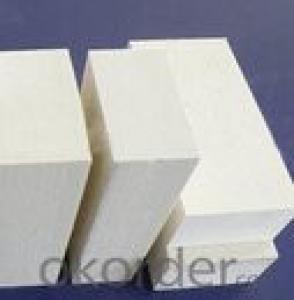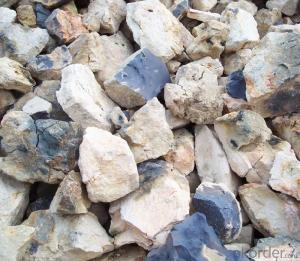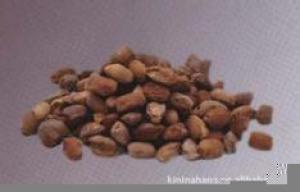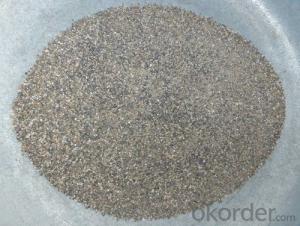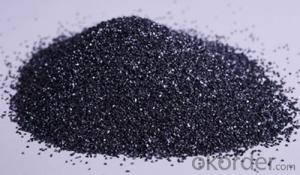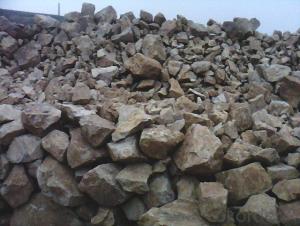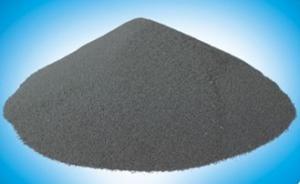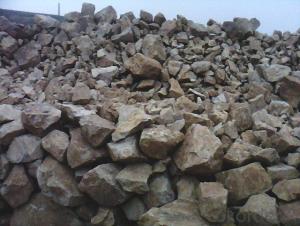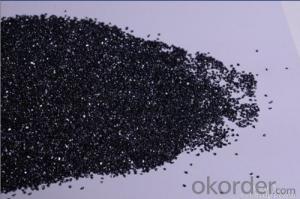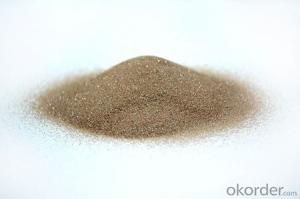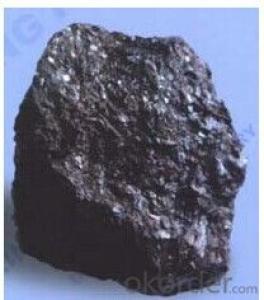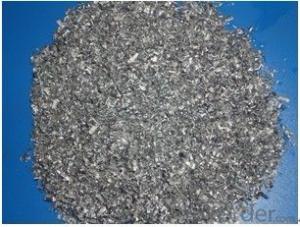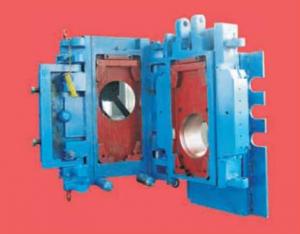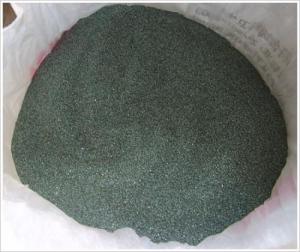All Categories
- - Steel Wire Rod
- - Steel Coils
- - Steel Profiles
- - Steel Pipes
- - Stainless Steel
- - Tinplate
- - Special Steel
- - Steel Sheets
- - Steel Rebars
- - Steel Strips
- - Hot Rolled Steel
- - Cold Rolled Steel
- - Pre-painted Steel
- - Seamless Steel Pipe
- - Welded Steel Pipe
- - Hollow Steel Tubes
- - Galvanized Pipe
- - Stainless Steel Coil
- - Stainless Steel Sheet
- - Stainless Steel Plate
- - Stainless Steel Strips
- - Electrolytic Tinplate Coil
- - Electrolytic Tinplate Sheet
- - Stainless Steel Rebars
- - Solar Panels
- - Solar Water Heater
- - Solar Related Products
- - Solar Inverter
- - Solar Cells
- - Solar Light
- - Solar Energy Systems
- - Solar Controllers
- - Solar Mounting System
- - Solar Pump
- - Solar Chargers
- - Fiberglass Chopped Strand
- - Fiberglass Mesh Cloth
- - Composite Pipes
- - FRP Pultrusion Profiles
- - Fiberglass Mat Tissue
- - Fiberglass Fabrics
- - Fiberglass Mesh
- - Composite Tank
- - Fiberglass Mesh tape
- - Polymer
- - FRP Roofing Panel
- - Fiberglass Roving
- - Monolithic Refractories
- - Ceramic Fiber Products
- - Refractory Bricks
- - Raw Materials For Refractory
- - Suspended Platform
- - Cranes
- - Concrete Machinery
- - Earthmoving Machinery
- - Building Hoist
- - Road Building Machinery
- - Plastic Pipe Fittings
- - Plastic Tubes
- - Plastic Sheets
- - Agricultural Plastic Products
- - Plastic Nets
Q & A
Explain the concept of thermal expansion in refractory materials.
Thermal expansion in refractory materials refers to the phenomenon of expansion or contraction of these materials when exposed to changes in temperature. When refractory materials are heated, the increased energy causes the atoms and molecules within the material to vibrate more vigorously, leading to an increase in their average distance from each other. This expansion results in an increase in the overall size and volume of the refractory material. Conversely, when the temperature decreases, the atoms and molecules lose energy, causing them to move closer together and leading to contraction or shrinkage of the material. Understanding and accounting for thermal expansion is crucial in the design and use of refractory materials, as it helps prevent cracking, distortion, and other structural issues that may arise due to temperature variations.
What are the advantages and limitations of using chamotte in refractories?
Chamotte, also known as fireclay, offers several advantages when used in refractories. Firstly, it has excellent thermal stability, allowing it to withstand high temperatures without significant deformation or loss of strength. Chamotte also has low thermal conductivity, which helps to insulate and retain heat in refractory applications. Additionally, it has good chemical resistance, making it suitable for environments with corrosive substances.
However, chamotte does have some limitations. It has relatively low mechanical strength compared to other refractory materials, which may limit its use in applications requiring high load-bearing capacity. It also has limited resistance to thermal shock, meaning it may crack or fail when exposed to rapid temperature changes. Furthermore, chamotte can be prone to shrinkage and expansion during firing, which may lead to dimensional changes and potential cracking. Overall, while chamotte offers many advantages, its limitations need to be carefully considered when selecting refractory materials for specific applications.
What are the refractory raw materials used in lining smelting furnaces?
The refractory raw materials commonly used in lining smelting furnaces are primarily silica, alumina, and magnesia. These materials possess high melting points and excellent thermal stability, making them ideal for withstanding the extreme temperatures and chemical reactions that occur during the smelting process. Additionally, other additives such as chromite or zirconia may be used to enhance the refractory properties and resist the corrosive effects of molten metals and slag.
Wholesale Raw Materials For Refractory from supplier in Vanuatu
Our team of experts will assist you in identifying the most suitable raw materials for your refractory requirements in Vanuatu. We have a wide range of products, including high-quality refractory bricks, castables, and insulation materials.
As a subsidiary platform of CNBM, we have access to a global network of suppliers and manufacturers, ensuring that we can provide you with the best quality products at competitive prices. We understand the unique needs and challenges of the Vanuatu market, and our team will work closely with you to ensure that your projects are successful.
In addition to our products, we also offer technical support and guidance throughout the entire procurement process. Our experienced team can provide you with valuable insights and recommendations to optimize your project's performance and efficiency.
At our company, we prioritize customer satisfaction and strive to build long-term partnerships with our clients in Vanuatu. We are committed to delivering reliable and high-quality raw materials for refractory applications, ensuring that your projects are completed on time and within budget.
Contact us today to discuss your raw material requirements for refractory applications in Vanuatu, and let us provide you with the best solutions for your projects.
As a subsidiary platform of CNBM, we have access to a global network of suppliers and manufacturers, ensuring that we can provide you with the best quality products at competitive prices. We understand the unique needs and challenges of the Vanuatu market, and our team will work closely with you to ensure that your projects are successful.
In addition to our products, we also offer technical support and guidance throughout the entire procurement process. Our experienced team can provide you with valuable insights and recommendations to optimize your project's performance and efficiency.
At our company, we prioritize customer satisfaction and strive to build long-term partnerships with our clients in Vanuatu. We are committed to delivering reliable and high-quality raw materials for refractory applications, ensuring that your projects are completed on time and within budget.
Contact us today to discuss your raw material requirements for refractory applications in Vanuatu, and let us provide you with the best solutions for your projects.
Hot Search
- Monolithic Refractories in Morocco
- Ceramic Fiber Products in Liberia
- Refractory Bricks in Sri Lanka
- Raw Materials For Refractory in India
- Raw Materials For Refractory in Chile
- Refractory Bricks in Mali
- Monolithic Refractories in Qatar
- Ceramic Fiber Products in Haiti
- Ceramic Fiber Products in Kenya
- Raw Materials For Refractory in Serbia




